Leave Pruning To The Experts – Shrub Care Service Springfield MO
Proper pruning enhances the beauty of almost any landscape tree and shrub, while improper pruning can ruin or greatly reduce its landscape potential. In most cases, it is better not to prune than to do it incorrectly. In nature, plants go years with little or no pruning, but man can ruin what nature has created. By using improper pruning methods healthy plants are often weakened or deformed. In nature, every plant eventually is pruned in some manner.
It may be a simple matter of low branches being shaded by higher ones resulting in the formation of a collar around the base of the branch restricting the flow of moisture and nutrients. Eventually the leaves wither and die and the branch then drops off in a high wind or storm. Often, tender new branches of small plants are broken off by wild animals in their quest for food. In the long run, a plant growing naturally assumes the shape that allows it to make the best use of light in a given location and climate. All one needs to do to appreciate a plant’s ability to adapt itself to a location is to walk into a wilderness and see the beauty of natural growing plants.
Pruning, like any other skill, requires knowing what you are doing to achieve success. The old idea that anyone with a chain saw or a pruning saw can be a landscape pruner is far from the truth. More trees are killed or ruined each year from improper pruning than by pests. Remember that pruning is the removal or reduction of certain plant parts that are not required, that are no longer effective, or that are of no use to the plant. It is done to supply additional energy for the development of flowers, fruits, and limbs that remain on the plant.
Pruning involves removing plant parts to improve the health, landscape effect, or value of the plant. It’s best to leave the pruning to the shrub care service experts at Gabris Landscaping.
By making the pruning cuts in a certain order, the total number of cuts is reduced greatly. Our skilled pruners first remove all dead, broken, diseased or problem limbs by cutting them at the point of origin or back to a strong lateral branch or shoot. Often, removing this material opens the canopy sufficiently so that no further pruning is necessary.
The next step in pruning is to make any training cuts needed. By cutting back lateral branches, the tree or shrub is trained to develop a desired shape, to fill in an open area caused by storm or wind damage or to keep it in bounds to fit a given area. To properly train a plant, one should understand its natural growth habit. We always strive to avoid destroying the natural shape or growth habit when pruning.
Pruning can actually be done at any time of the year. However, recommended times vary with different plants. Contrary to popular belief, pruning at the wrong time of the year does not kill plants, but continual improper pruning results in damaged or weakened plants. In general, the best time to prune most plants is during late winter or early spring before growth begins.
The least desirable time is immediately after new growth develops in the spring. A great amount of food stored in roots and stems is used in developing new growth. This food should be replaced by new foliage before it is removed; if not, considerable dwarfing of the plant may occur. This is a common problem encountered in pruning.
It also is advisable to limit the amount of pruning done late in summer as new growth may be encouraged on some plants. This growth may not have sufficient time to harden off before cold weather arrives resulting in cold damage or winter kill. It’s best to have us prune plants that have been damaged by storms or vandalism or ones with dead limbs as soon as possible to avoid additional insect and disease problems that may develop.
All too often trees are topped (“dehorned”) to reduce size or to rejuvenate growth. In either case topping is not a recommended practice. Topping is the process whereby a tree is cut back to a few large branches. After 2 to 3 months, regrowth on a topped tree is vigorous, bushy and upright. Topping seriously affects the tree’s structure and appearance. The weakly attached regrowth can break off during severe wind or rain storms. Topping may also shorten the life of a tree by making it susceptible to attack by insect and disease.
Thinning is a better means of reducing the size of a tree or rejuvenating growth. In contrast to topping, thinning removes unwanted branches by cutting them back to their point of origin. Thinning conforms to the tree’s natural branching habit and results in a more open tree, emphasizing the branches’ internal structure. Thinning also strengthens the tree by forcing diameter growth of the remaining branches.
If you have any questions about having your trees, plants or bushes trimmed by the experts at Gabris Landscaping, give us a call to schedule an appointment to have us come by and offer our recommendations and provide you with a written estimate for our services.
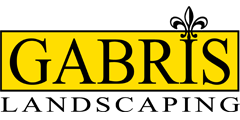
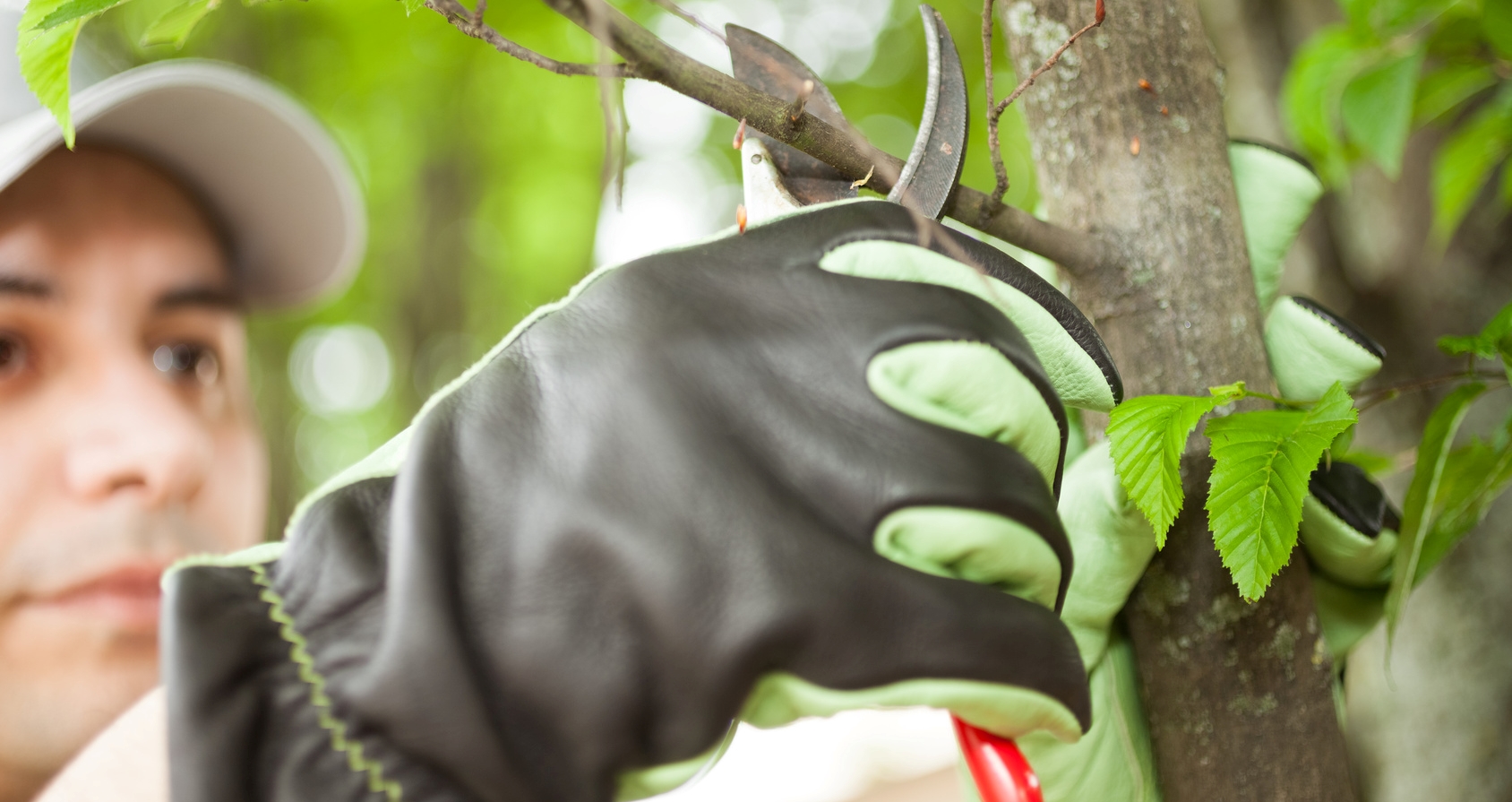


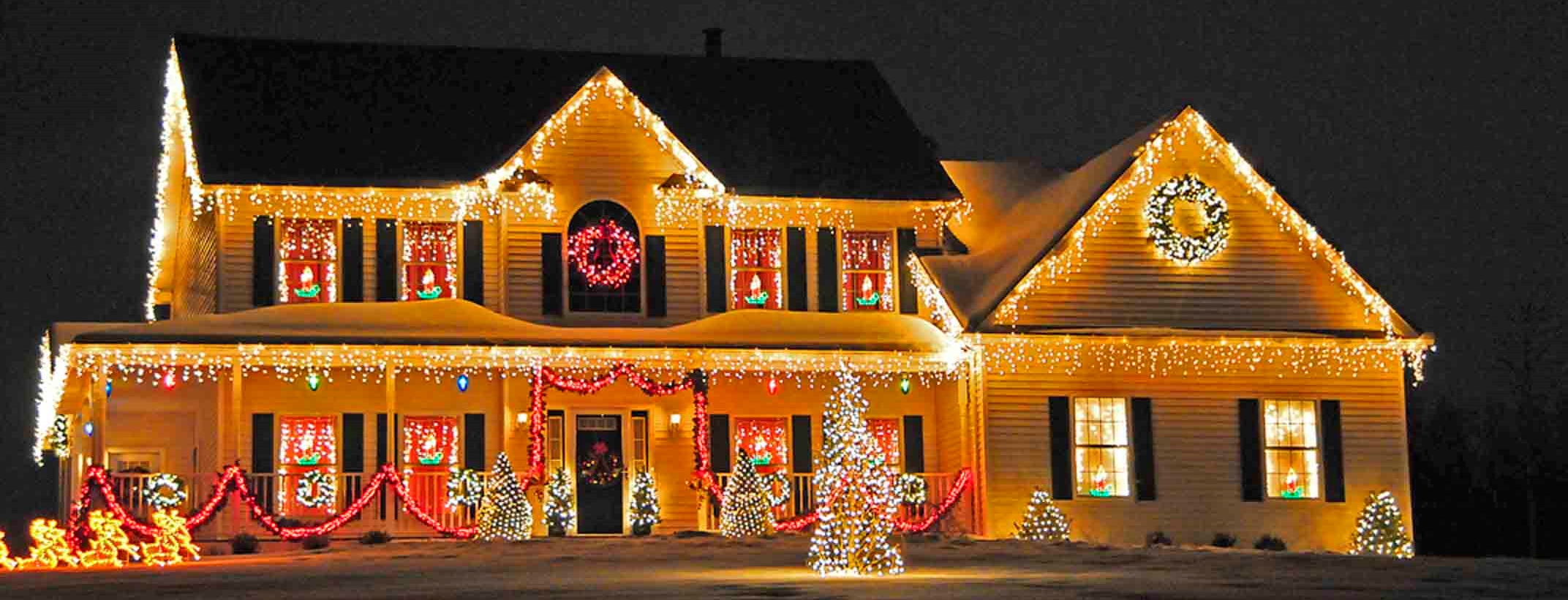
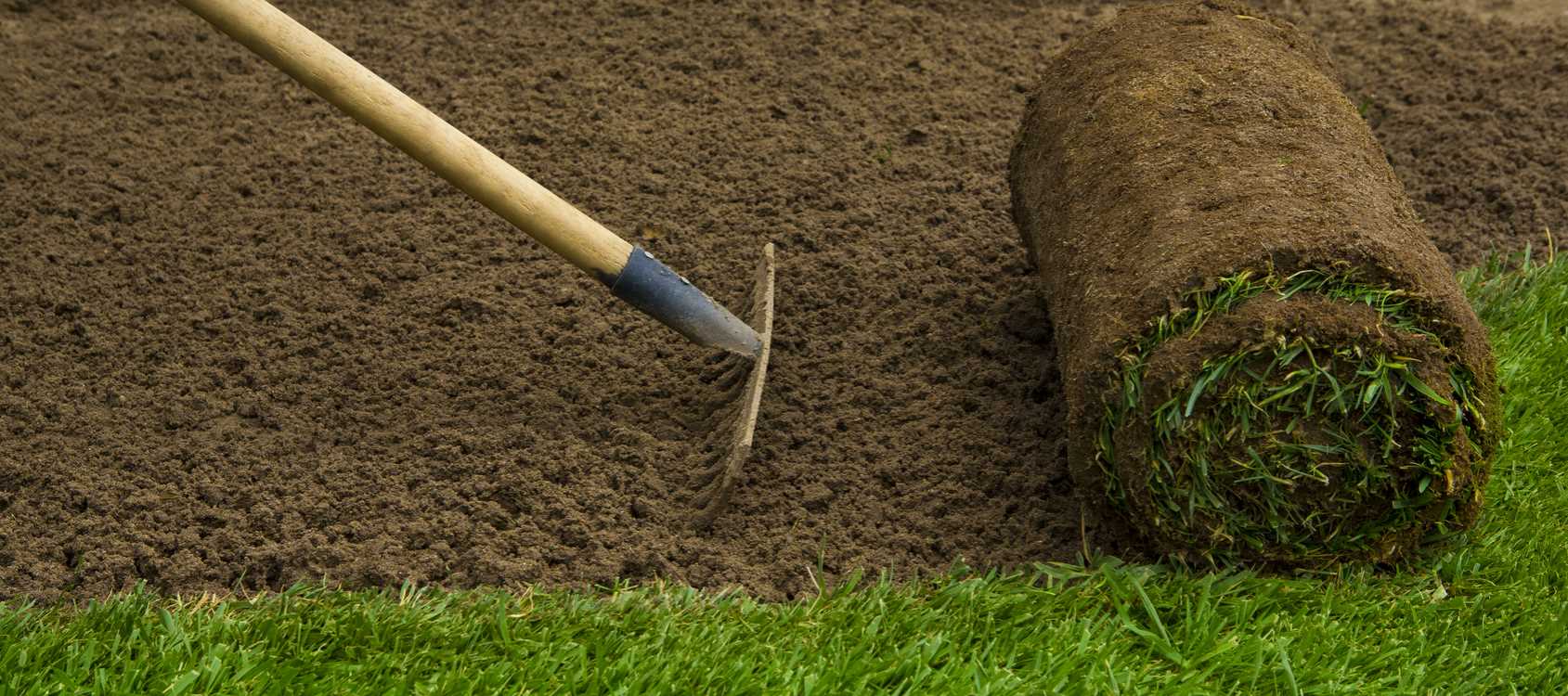

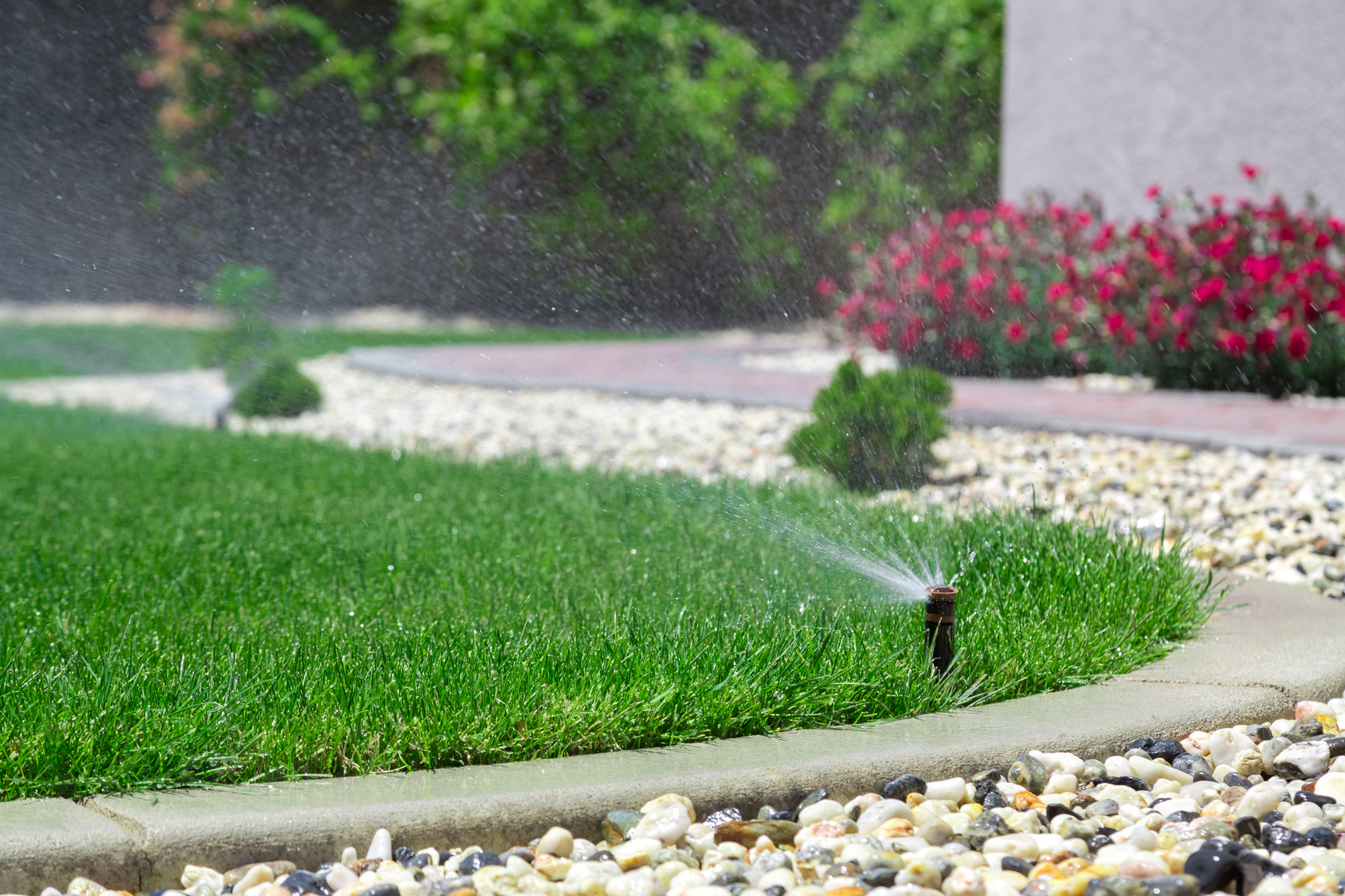



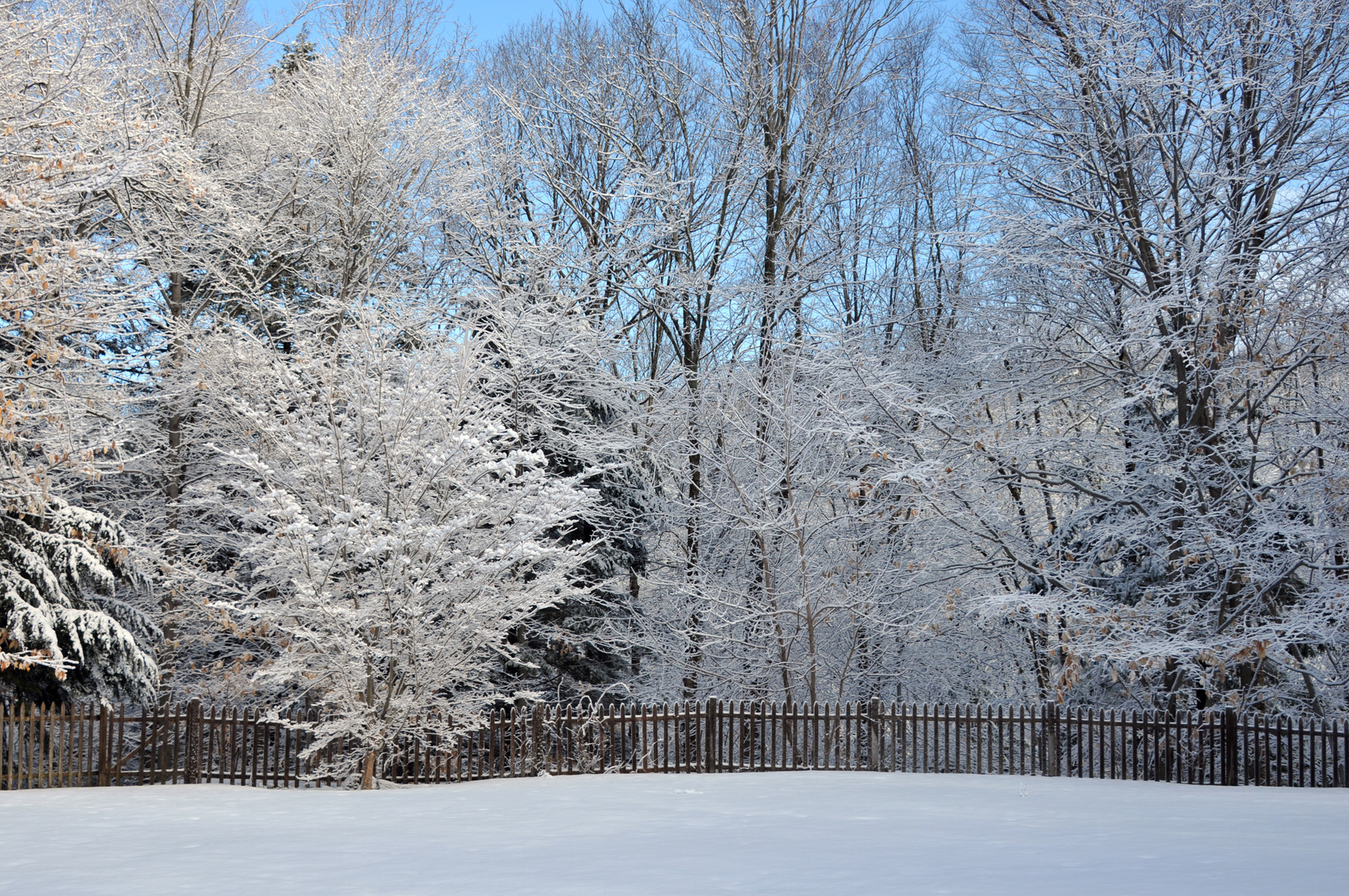

Leave a Reply
You must be logged in to post a comment.